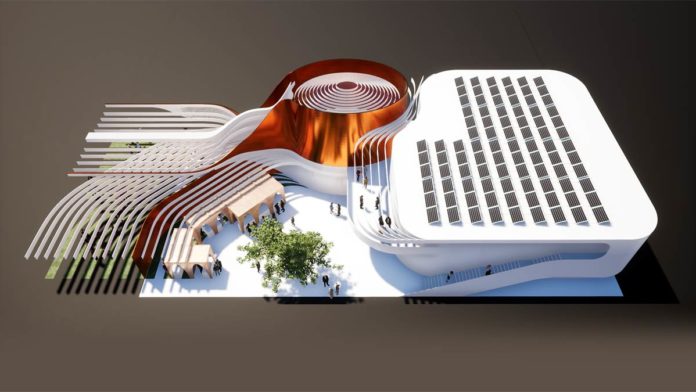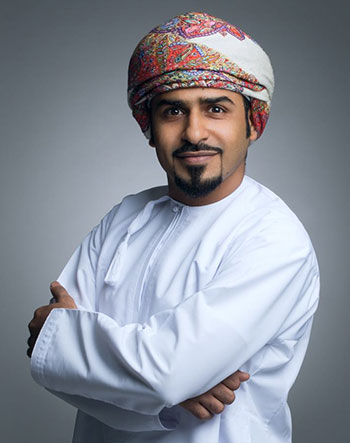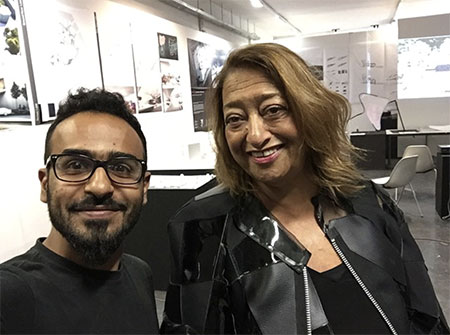“The urban fabric allows for different kinds of people to come together; it fosters the idea of engaging everyone together, which I think is what a city’s ultimate goal should be,” opines Haitham Al Busafi, Founder and principal architect of BusafiArc. This, he says, calls for an effective master plan and an introduction of innovative architecture ideas to enhance urban life; one that would be a departure from the current urban fabric where everyone is in their own environment, spending time in the offices, shopping malls or in the cars on the roads. “There needs to be a shift towards a social urban life that would attract people to actually spend time outdoors and with each other, rather than being isolated,” he notes.
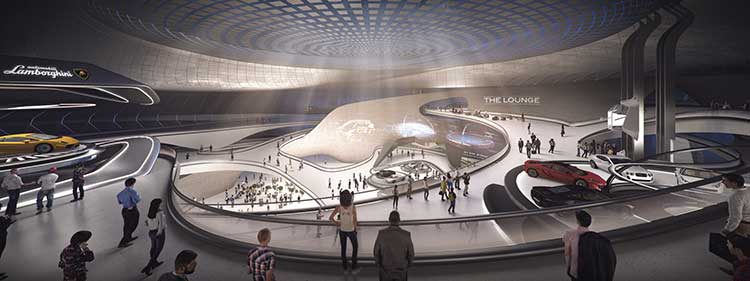
The current trend, he observes, is for people to spend most of their time in isolation, either in their homes, offices or commuting, as there is no centre of the city that could attract people to gather. “There is always this question: where is the centre of the city,” he poses, hastening to add that this is inevitable for a city that is developing at a fast pace. “Interestingly, our centre of the city has been shifting from the beginning of the 70s – from Muttrah to Ruwi to Qurum to Al Khuwair to Ghubra to Seeb and now all the way to Mabela with two shopping malls popping up. It is constantly shifting, moving from one extreme to the other. Yes, it shows rapid development, but at the same time, it shows a lack of planning and a lack of a master plan for the city,” Haitham observes, stressing the need for a master plan for the capital.
Most developed countries in the world have prioritised the importance of crafting cities with an archetypal centre that helps visitors read them and decipher its personality. When there is a master plan for the city, investors and business folks are more aware of what will be built in a particular area in five years time or what roads will be constructed in the next two decades. “The master plan is a roadmap that tells how the city will look in the next ten or thirty years. The master plan will encourage investors to come and invest in the country, encourage business people to select specific areas and encourage even government organisations to co-plan to make this happen. Unfortunately, there is no transparent master plan for the city that is shared between everyone here. There is no common dream for the city. There is no fabric that connects everyone. There is no narrative for visitors to read the city,” he maintains.
In a liveable city or in a worldwide global city, there is no segregation that demarcates certain areas for low income or otherwise; instead, there is a seamless blend. It is the urban fabric that allows for different kinds of people to come together to engage with each other. And for this to happen, architecture has to lead the path, observes Haitham, Founder of BusafiArc, which has grown steadfastly since its inception three years ago.
About BusafiArc
Explaining about BusafiArc’s main operations, he states, “Our core is architecture; however, we have done a few prime interiors.” The architecture firm, located in Qurum, is involved in a range of medium to large scale projects. On the drawing board is the designing of a 4-star hotel in Musandam, a theme park in Muscat, a resort in Quriyat and a mixed-use development for a government-owned company – in addition to the completion of a development project in Al Ilam and a small museum in the interior. Most of the jobs undertaken are commercial projects, with the exception of a single-floor courtyard house, which was commissioned for the creative liberty it offered.
After completing his studies in architecture from Sultan Qaboos University, Haitham worked for three years in three different companies: with an established real estate developer, with a small architectural firm and a small international firm. Reflecting on his initial stint, he says the intention was to get an overview of the different scopes of work. “I always had this idea of starting my own practice and I needed that foundational knowledge in these places,” he notes.
Following the short stint, he joined the University of Applied Arts in Vienna, one of the most progressive architectural schools in the world, to pursue his master’s degree. As per the master class scheme, he had to choose a professor for the three-year hands-on learning process. “I studied with Hanid Rashid, a New York based architect for a year and a half – he is the brother of Karim Rashid, the renowned interior designer. Following that I joined Zaha Hadid for another year and a half. Under her supervision and under her design partner Patrick Schumacher, who is now running the Zaha Hadid practice, I finished my thesis,” describes Haitham.
After his return to Muscat he started his architecture practice with a focus on performative architecture and design research. Within the same office space is BusafiVisuals, a visual production house founded 7 years ago with several partners. “We kind of feed off each other – doing advertising, cinematography and animation; when you compare the two, architecture is a challenging profession,” he quips. Explaining about the same, he points out that the construction industry lacks innovation. “Most contractors working within the country rarely embark on daring architectural proposals. The construction industry is very stagnant, while the marketing industry is fast paced and always growing,” he states.
However, he states that he has been noticing, especially in the recent past, that there is a huge shift towards more expressive architecture, more daring ideas when it comes to architecture. “Even the government bodies involved in approving construction activities are accepting more ideas; it is, in a way, a sign of the society’s adoption of creativity and more expressiveness in the built environment,” observes Haitham.
Personal style
Personally, his architectural style is more performative. He says: “I believe in architecture being performative; I believe in architecture that is efficient in aesthetics and at the same time very effective, in terms of dealing with the functions within the city and with the contexts that surround it. I always aim for a more performative architecture. For, one plus one not always equals two – it could be one plus one equals ten. Architecture conveys a certain message to the people; it uplifts the society, it uplifts people working within that building; encourages them to come together. So, there is a social role of architecture, one that is manifested while serving its functional needs. It respects the environment and the context itself… Sometimes it doesn’t have to respect the context but it should work as a landmark; activate a certain area. Yes, I believe in performative architecture – on the aesthetic side (which also serves the cultural side), functional side and also on the social.”
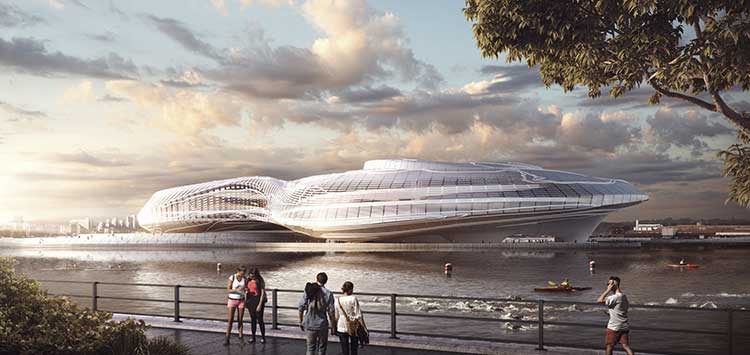
Guideline for homemakers
For people planning on building a house, Haitham’s big tip is to study the architect they are going to commission. “Understand what drives that architect to produce the kind of architecture he/she does. Do not select randomly, as that architect would develop and form your lifestyle for the rest of your life or for whatever length of time you stay there. It is not different from having a child and needing to appoint a nanny who would work with the way you live. She has to understand you – it is the same thing. Go with an architect who would understand you and would be capable of transforming your life through better architecture. That is what good architecture does – it enhances your lifestyle and personality. Even when you look at it from your own perspective, what makes you confident when facing the mirror, is the representation of what makes you feel confident in facing others and conveying your feeling without speaking. Architecture, on the outside, is an expression of yourself without you talking. And, on the inside, how you think is in a way how you live within a house,” he explains.
His personal dream house: “I have an idea of one big open double space were everything will have the same void. That means everything is happening within the same space and within that there will be a small space for being reclusive –when you want time for yourself. I cannot wait to own such an open space that will be my home. It is basically a simple container for several things taking place in one space.”
* Haitham Al Busafi works on the physical, physitual, and virtual space and form; he is keen to push the boundaries of architecture through digital design experimentation. He is focused on researching physitual architecture, space and form, computational architecture design and advanced fabrication techniques. @busafiarc (Twitter / Instagram), www.busafiarc.com
